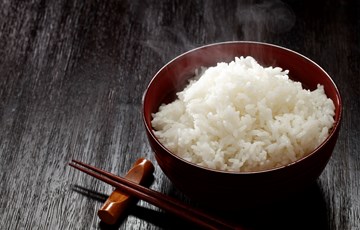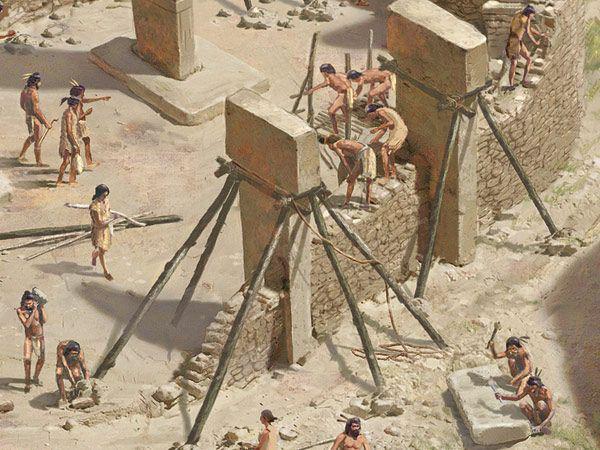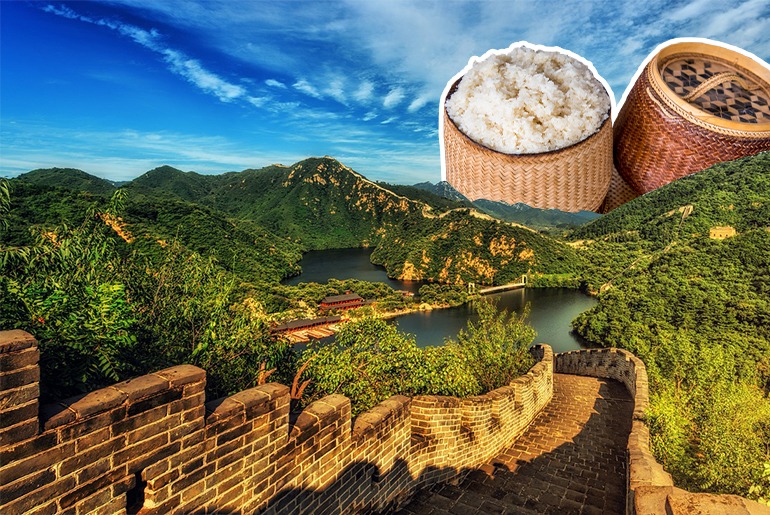With a 2,300-year-old history, expanding across 13,000 miles in length, the Great Wall of China has stood guard against the invading Mongols and protected the lucrative Silk Road Trade. Thousands have sacrificed their lives in order to construct a monumental history that stood the test of time. But despite the years, these walls still stand proud against the landscape. The fact is the mortar used has bound the bricks so tightly that even weeds have not sprouted across many portions of the wall. So what is the secret of the Ming Dynasty construction?
What’s In It?
The Ming dynasty workers had developed sticky rice mortar. They made this solution using a mixture of slaked lime, a standard ingredient in a mortar with sweet rice. The result, according to the Chinese researchers, is that this mixture is highly water-resistant, shrinks less and holds the shape while the key chemical reaction in the mortar continues over time. In other words, this mortar strengthens with age!
Also Read: China Witnessed 3 Suns On The Last Day Of 2019

The Ming dynasty’s architects and engineers used this updated mortar recipe in the construction of many city walls, pagodas, and tombs in the kingdom. Many of these structures have stood the ravages of time and an even shocking is one Ming-era tomb remained stock-still even against a modern-day bulldozer. This proves without a doubt that sticky rice mortar is stronger than pure lime mortar. Did you know Guangdong Has The Highest Sky Corridor Waterfall Walkway In China?

What’s More?
A researcher team from Zhejiang University investigated the chemical composition of Ming-era mortar to find out its strength. They used chemical analysis and scanning electron microscopy and arrived at an interesting conclusion. The legendary strength of sticky rice mortar comes from amylopectin. Amylopectin is a type of complex carbohydrate that is found in many starchy foods including rice. But the million-dollar question is, how does it work? When amylopectin comes in contact with calcium carbonate, a complex reaction occurs which works like an inhibitor where the amylopectin regulates the growth of the calcium carbonate crystals. In simpler terms, this reaction produces a tightly bonded mixture. So do visit historic sites in your city as well as across the world, they have so many stories to tell, and are architectural marvels.





